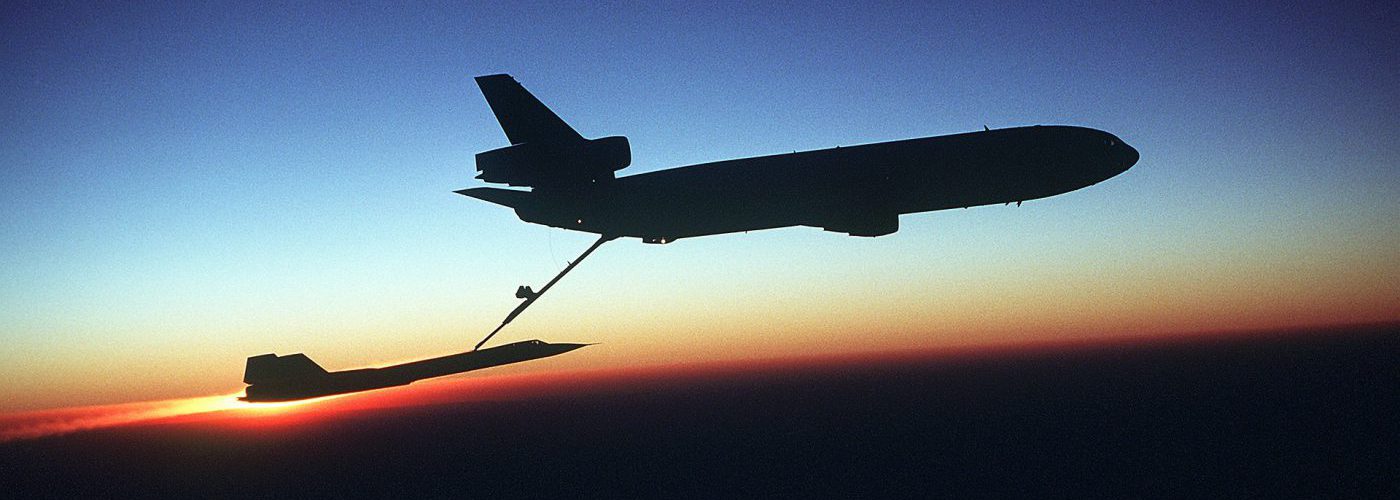
Jet Fuel comes in a number of flavors. Hower all the jetfuels relate to aditives to A1, such as to allow the plane not to leave a white stripe in the sky showing where a plane just passed. Jetfuel is kerosene, and not a distillate like Gasoil/diesel. In the refinery, it separates above gasolines and parafines.During the refining process only 15% of the crude oil is made up of JP54 the rest of the grade is used for different types of plastic. Developed by JP Morgan Colonial grade JP54 was replaced by AVGAS or known as AVGAS100LL, it’s the number one low sulfer content kerosene used worldwide. It is gasoline.
Jet Fuel JP54 - Aviation Kerosene Colonial Grade 54 is an abbreviation for “Jet Propulsion, A1, Colonial Grade 54″. It powers gas turbines and aircraft engines. Actually most jet fuel exported from Russia etc. is “JP54” or “Colonial JP54”. It is similar to “Jet A” except the Specific Energy is 18.4 mj/kg compared to that of 42.8 mj/kg of “Jet A”. Also there is a slight difference in additives.
Jet Fuel A and Jet Fuel A-1 are kerosene-type fuels as well. They have specifications that can be used in fuel worldwide. The primary difference between the two is the freeze point, the temperature at which wax crystals disappear in a laboratory test.
Jet Fuel A, which is mainly used in the United States, must have a freeze point of minus 40ºC or below and does not typically contain static dissipator additive.
Jet Fuel A-1 must have a freeze point of minus 47ºC or below and for locations outside the United States, this fuel normally contains static dissipator additive. There are other key differences between the manufacturing specification within the United States and Europe/Africa/Middle East/Australasia.
Jet Fuel A-1 meets the requirements of British specification DEF STAN 91-91 (Jet A-1), (formerly DERD 2494 (AVTUR)), ASTM specification D1655 (Jet A-1) and IATA Guidance Material (Kerosine Type), NATO Code F-35.
Jet Fuel TS-1 is mostly used in Eastern Europe. It has a low freeze point (equivalent to about -57 degrees C by Western test methods) but also a low flash point (a minimum of 28 degrees C compared with 38 degrees C for Western fuel). TS-1 (regular grade) is considered to be on a par with Western Jet A-1 and is approved by most aircraft manufacturers.
Jet Fuel B is used in cold weather elements. Commonly a number of different mixtures make up jet fuel and this is relate to flashpoints and how the carbon numbers are distributed.
